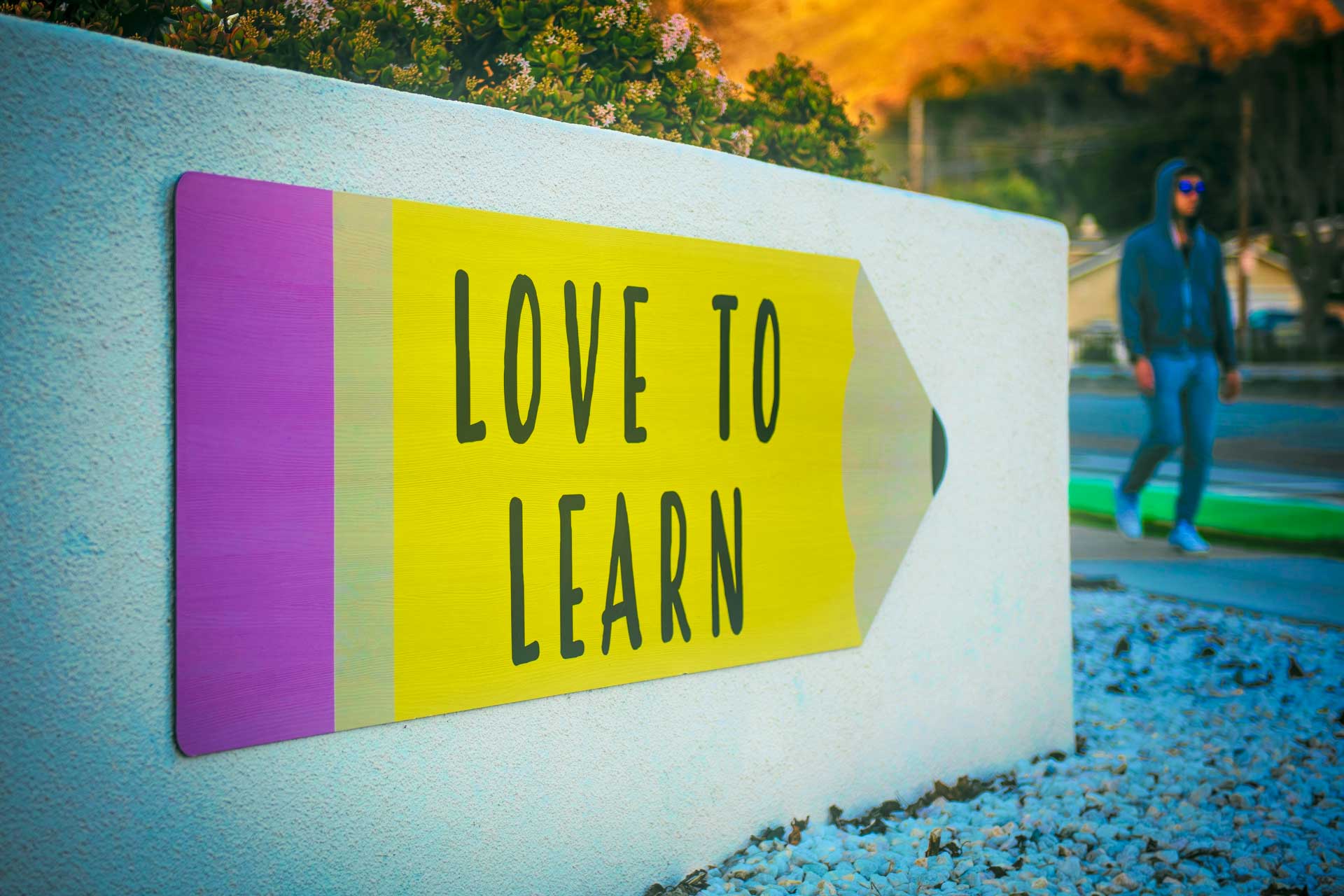
Episode 27
Episode 27 show notes
To view or buy the books featured in this episode, please see the links below.
- Recommended children’s and YA books released in February 2025 – buy from UK Bookshop Org.
- January 2025 school book club recommendations.
Affiliate Statement
As an Amazon Associate, the School Reading List earns from qualifying purchases. Disclosure: If you buy books linked to our site, we may earn a commission from uk.bookshop.org.
This podcast is supported by its listeners. If you choose to purchase something using links on our website or podcast notes we may earn a commission. No books were warped, dogeared, underlined with purple pen, eaten, cursed, cancelled, burned, or otherwise harmed in the making of this podcast.
Listen and subscribe
To listen to all the episodes in this podcast and to subscribe, see the School Reading List podcast page.
Episode 27 transcript
Why teaching discrete subjects and avoiding topic teaching encourages reading for pleasure
Teaching through separate subjects rather than big, overarching themes makes it much easier to get students hooked on reading for pleasure. When you focus on specific subjects, kids can dive deeper into what actually interests them, and their reading choices naturally line up with established genres and the way libraries organise books. This kind of structure gives them access to a wider and more meaningful variety of texts, encouraging them to explore independently and stick with reading longer.
Let’s talk about topic-based teaching. It often leads to what I’d call “theme-driven book picking” — the teacher selects books that match the topic rather than the students’ interests or abilities. It might look cohesive on the surface, but this approach can sideline entire genres, like poetry or classic literature, simply because they don’t fit the theme. It’s like trying to force a square peg into a round hole. In the end, students miss out on discovering books that truly resonate with them, which, let’s be honest, can really dampen their enthusiasm for reading.
Teaching by subject, however, feels more purposeful. The reading materials are tied directly to what the students are learning, which makes the whole experience feel more connected and intentional. This way, educators can ensure kids encounter a variety of books that not only support their studies but also spark their curiosity. And because you’re not stretching to fit random books into an unrelated theme, the quality of the learning experience stays intact. It’s a win-win: students get the joy of reading, and teachers maintain meaningful educational content.
Here’s the downside of theme-based teaching: it can end up feeling a bit shallow. Sometimes, in the quest to make everything “on theme,” activities and reading choices get watered down. For instance, imagine a topic like “Crime and Punishment.” You might find yourself cobbling together books and activities that, frankly, don’t add much value beyond sticking to the theme. It’s fun for a moment, sure, but does it deepen understanding or foster a genuine love for literature? Probably not. Worse, it might even make reading feel trivial.
On the flip side, subject-based teaching supports steady, meaningful progress in reading skills. It gives educators room to focus on building students’ foundational knowledge in specific areas, which is crucial for developing critical thinking and interpretation. Students benefit from having clear goals and the chance to really dig into texts that challenge them. This kind of deep engagement makes reading more than just an academic exercise — it becomes something personally enriching.
There’s another major bonus: subject-based teaching helps avoid the boredom that can creep in with forced, one-size-fits-all reading assignments. When kids get to pick books within a subject they’re already interested in, they’re far more likely to enjoy the experience. It’s all about giving them a sense of autonomy — and that’s a powerful motivator. By offering a structured variety of books, educators can help students discover the pure joy of reading, tailored to their own preferences.
Another perk? Subject teaching exposes students to a broader range of literary styles and forms. Think about it: science lessons could feature science fiction, history classes might dive into historical novels, and biology could introduce nature poetry. This kind of approach not only widens their literary horizons but also shows them how literature connects to the real world — and their own lives. It’s the kind of learning that sticks.
If schools really want to help kids develop a love for reading, they should prioritise subject-based teaching. It provides the structure, variety, and relevance needed to make reading both educational and genuinely enjoyable. By aligning books with specific subjects, teachers can create a learning environment that’s both engaging and effective. The result? Students who see reading not as a chore but as a lifelong source of inspiration, knowledge, and joy. And isn’t that what we’re all aiming for?
Episode 27 chapter markers
Part 1
- A rundown of recent book post.
- Top 30 recommended children’s and YA books coming out in February 2025.
Part 2
- Our rundown of great books for Year 2 children.
Part 3
Episode 27 credits
To see full details of licensing information, Creative Commons, GNU license credits and other attributions that apply to every episode of this podcast, see our School Reading List podcast credits information page.
Credits specific to this episode
- Kevin MacLeod – Bummin on Tremelo – (purchased lifetime extended license registered to Tom Tolkien license ID FML-170359-11969).
- Listener submitted monologues from debut and self-published authors. For more details, see the podcast episode’s details page.
Ask us a question | Leave us a voicemail shout-out
Click the button below to leave us a voicemail via SpeakPipe, if you would like to ask a question for one of our listener’s message slots, leave a shout-out or be featured in a future episode.
Buy me a coffee
If you found this free podcast useful and you would like to help – please consider a donation through the ‘Buy Me a Coffee’ service. Thanks.

